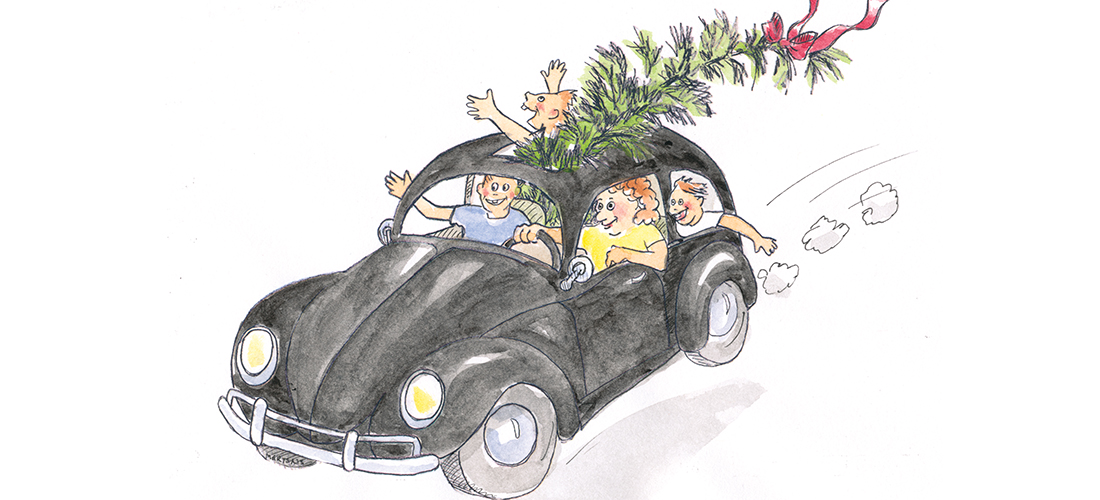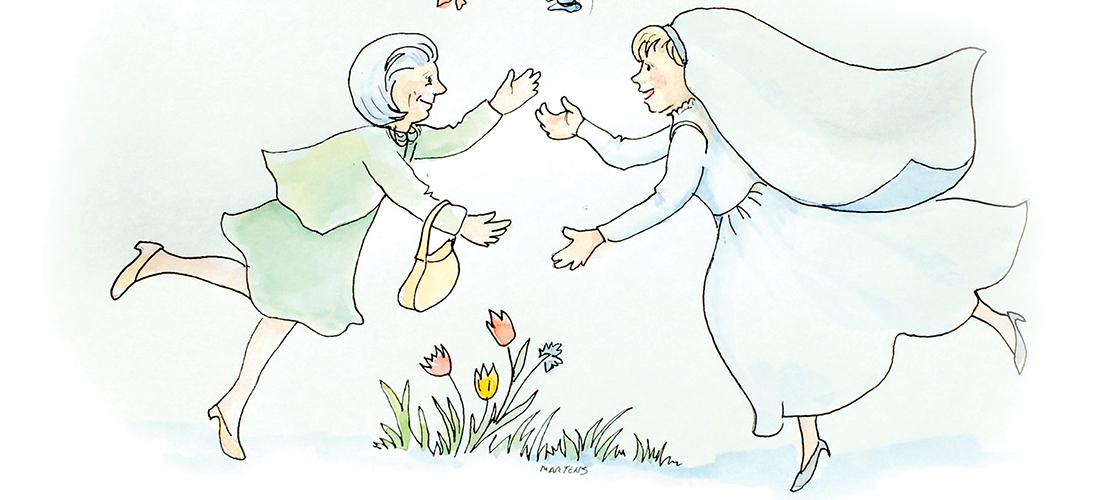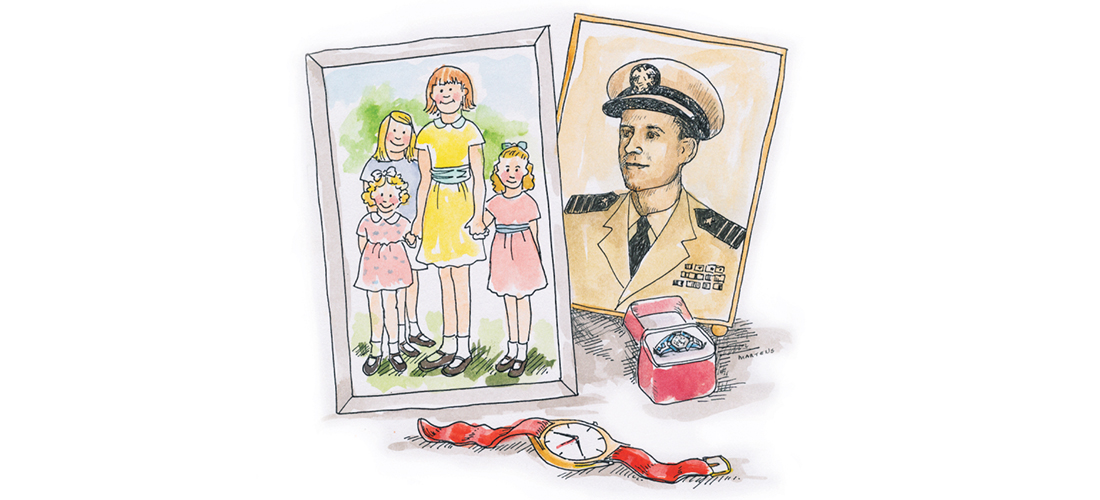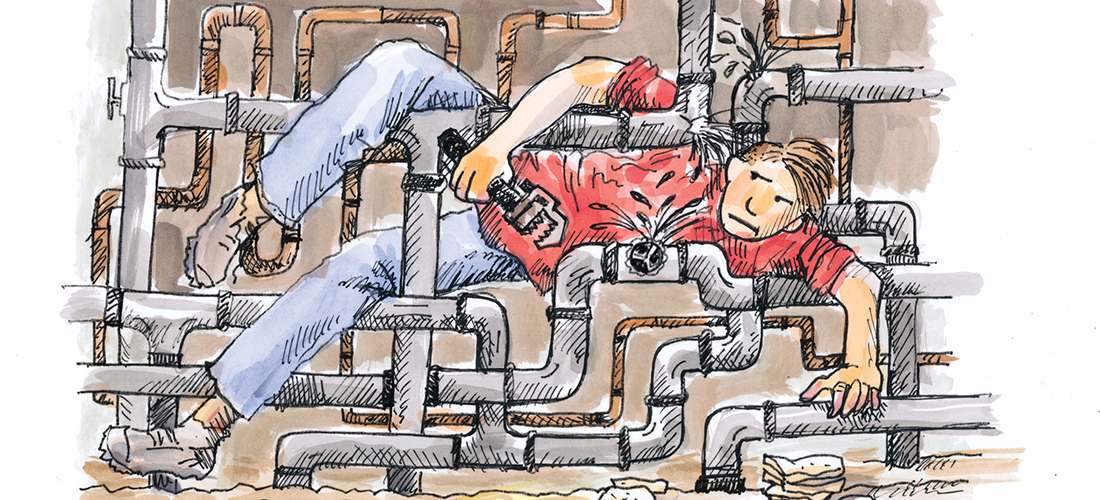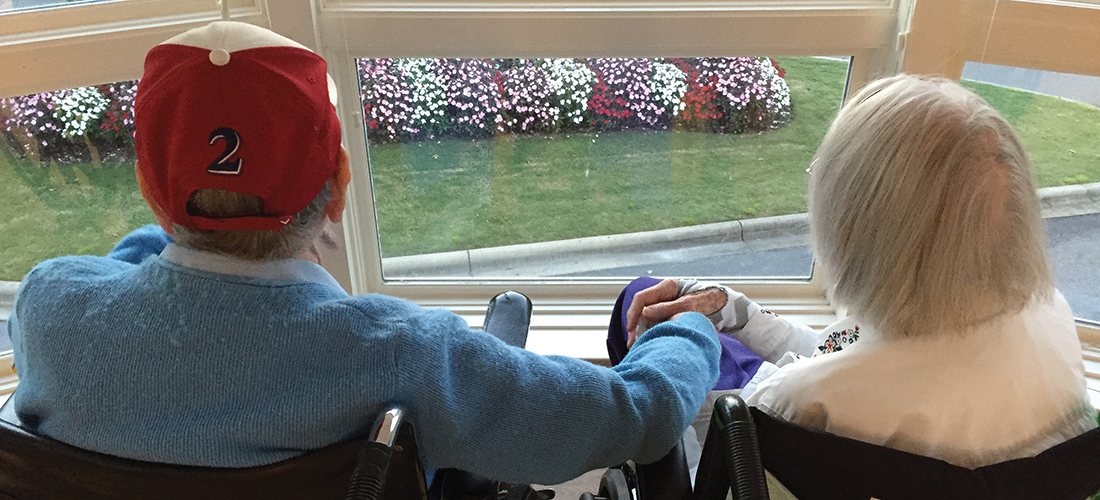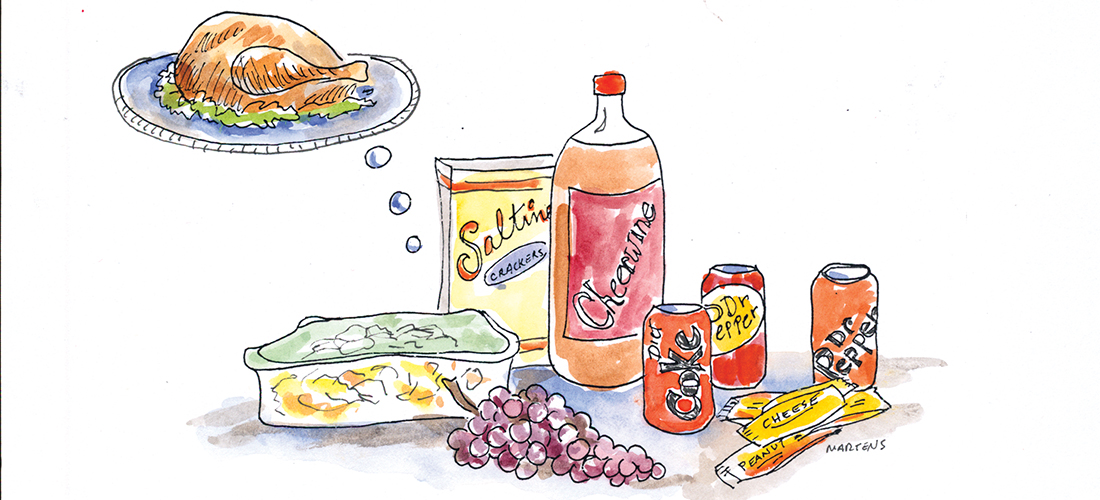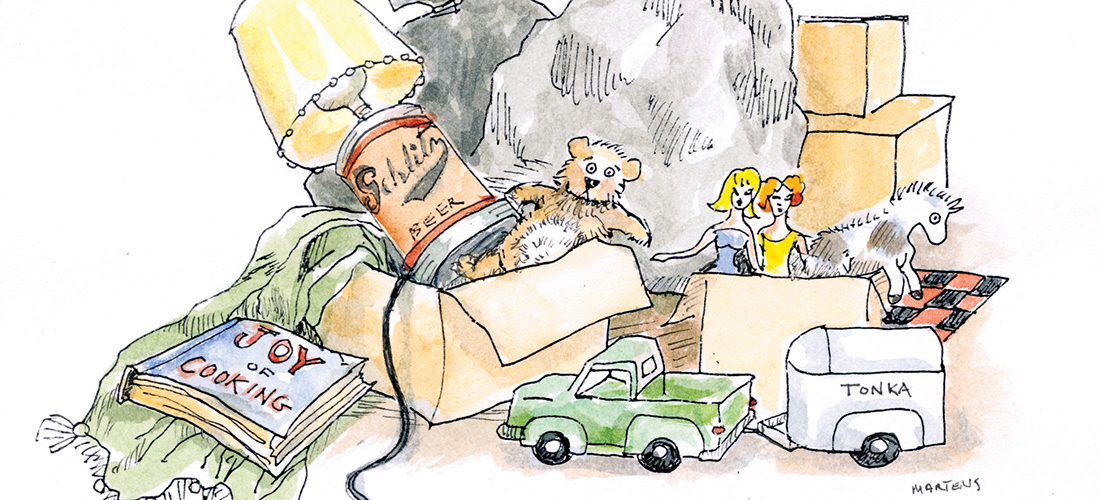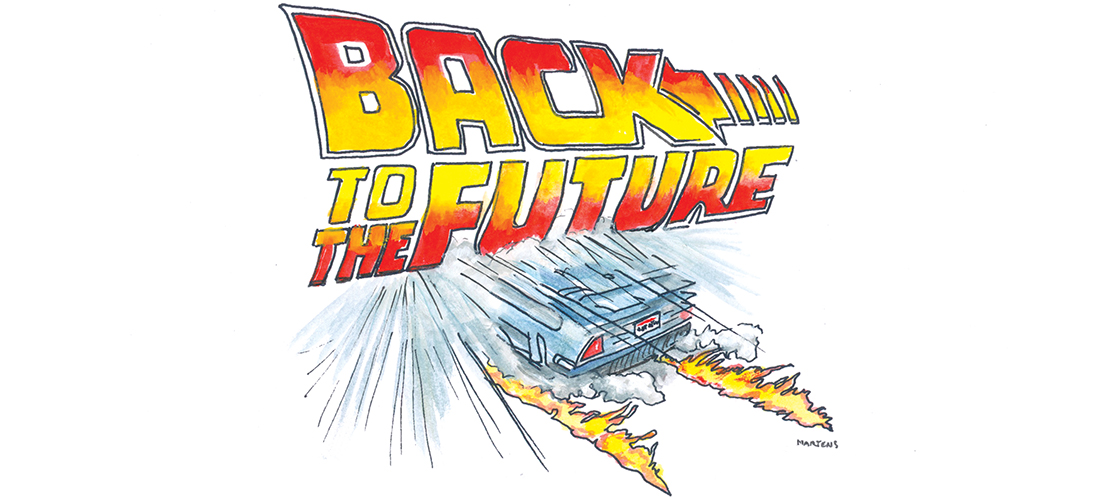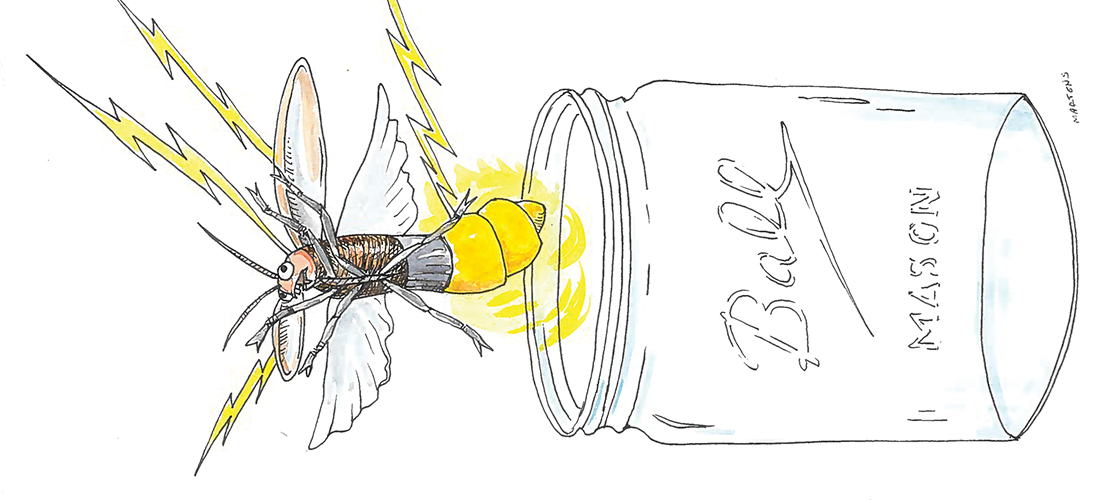What the IRS and a legendary ’63 VW Bug (that could fly) have in common
By Jim Moriarty
It was tax time, moving day for money, and the website requested the answer to one of my security questions:
What was the make of your first car?
The answer is Volkswagen. It’s OK if you know because I took the precaution of layering in an extra level of cyber impregnability by misspelling the word, using an “o” where an “e” was required. I would like to say this was done as a diabolically clever defense against Russian hackers except that it was more a case of inadvertent stupidity. Or vertent stupidity. Whatever.
My first car was, however, a white VW bug. I think it was a ’63 purchased after its atomic half-life had expired, if the porous condition of the front wheel wells was any indication. As with most first cars, I didn’t stray far from what I knew. Growing up, the family car had been a little black VW bug, and I meant to reprise those cuddly memories. The air-cooled engine was in the back. The trunk was in the front. The bumpers looked like the teeth of a Bond villain. There was a lever on the floor you could flip with the toes of your right foot to access the reserve gas tank, the very existence of which suggested the dashboard gauge was more of a guidepost than a hard and fast rule. The heat worked, but only in the summer, and the sunroof slid back and forth like Weird Al Yankovich’s accordion. Yet, we were fond of it.
Near Christmas, after my mother got her bonus, the four of us — three boys and a little old lady — would drive to the tree lot by the highway, pick out something that still had a few needles on it, jam it down into the sunroof and drive home with the top third of our new spruce bending in the wind. We took Karwick Road home because of its legendary dip. Not to suggest that people who grow up in flat parts of the globe are easily amused, but this spot was known countywide and jumping it was pretty much what everyone did on Saturday nights if the movie was sold out. If you accelerated just right going into the Karwick Road jump, you could get all four wheels of a VW bug, with tree and four passengers, entirely off the ground. So, it was the recollection of a family hurtling through the air singing about Good King Wenceslas that I meant to recapture with my first automobile purchase.
But, you can’t go home again — at least not in a ’63 bug.
The first trip of any length I made in the white version of my black memory was my honeymoon. Our honeymoon. We went to French Lick. (Insert joke here.) While we were there, my bride, the War Department, got an abscessed tooth. We left for home, of course, though I was conflicted. Her jaw was swollen so badly I was afraid to take her home for fear her father would assume the worst and shoot me. On the trip back, it snowed. Heavy, cold snow. Since it was winter and not summer, the heater didn’t work. The air streaming into the car was so cold we took to stuffing dirty socks and underwear into the vents to try to preserve what little body heat we could. Because the remaining steel in the front wheel wells looked more like a lace doily than, say, sheet metal, slushy, salty water from the road sloshed about in the space at my new wife’s feet forcing her to ride with her face bandaged, medicated against the pain, wrapped in her winter coat with her boots propped against the windshield.
We couldn’t find anyplace to stop and thaw out because it was January 1st and everything was closed. It was the year of the oil embargo so even the gas stations weren’t open. Finally, in the distance we saw a banner:
New Year’s Day Mattress Sale
Stumbling into the furniture store like witless survivors of the Donner Party, we threw ourselves on the nearest queen-sized bed and stayed there until we could feel our extremities again.
And that’s how the IRS got paid. PS
Jim Moriarty is senior editor of PineStraw and can be reached at jjmpinestraw@gmail.com.

